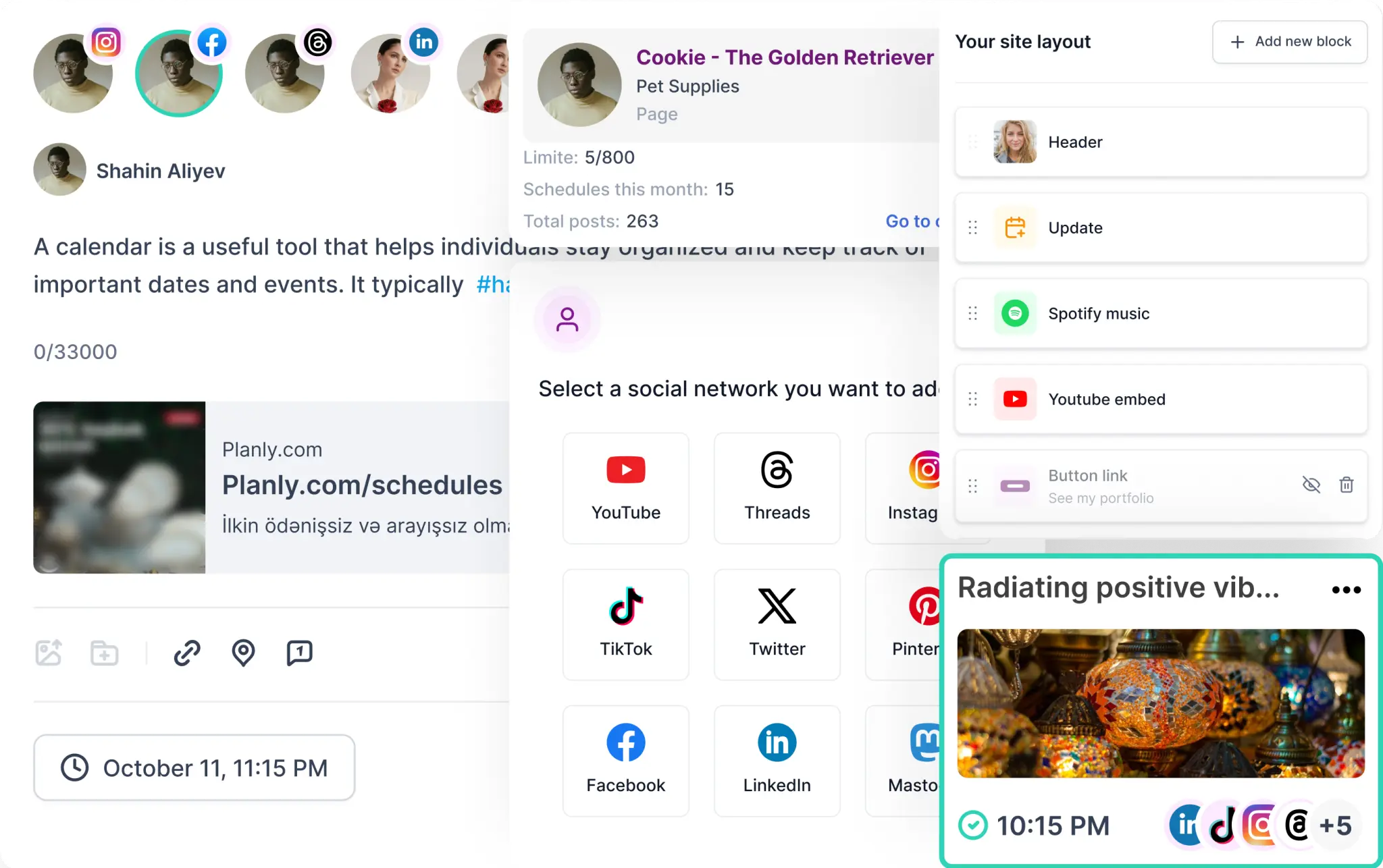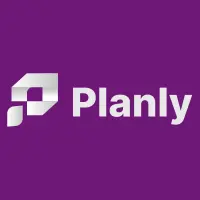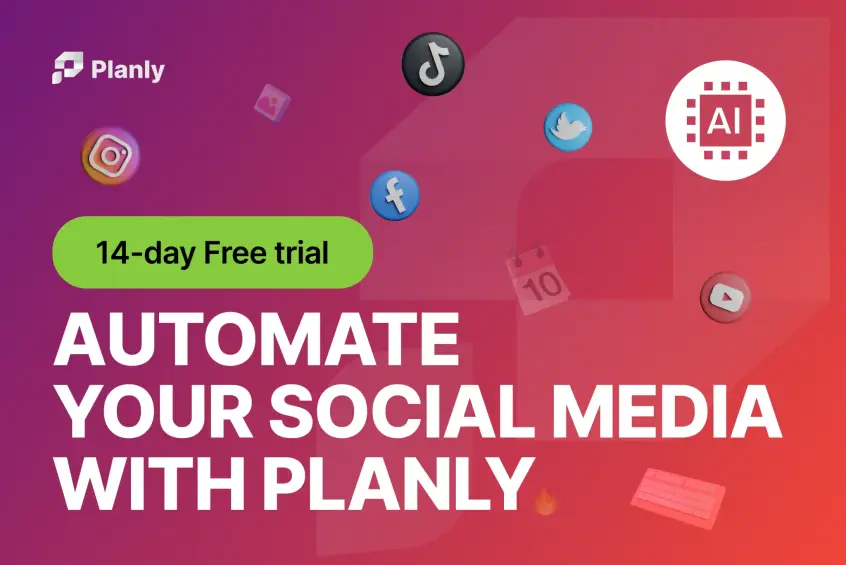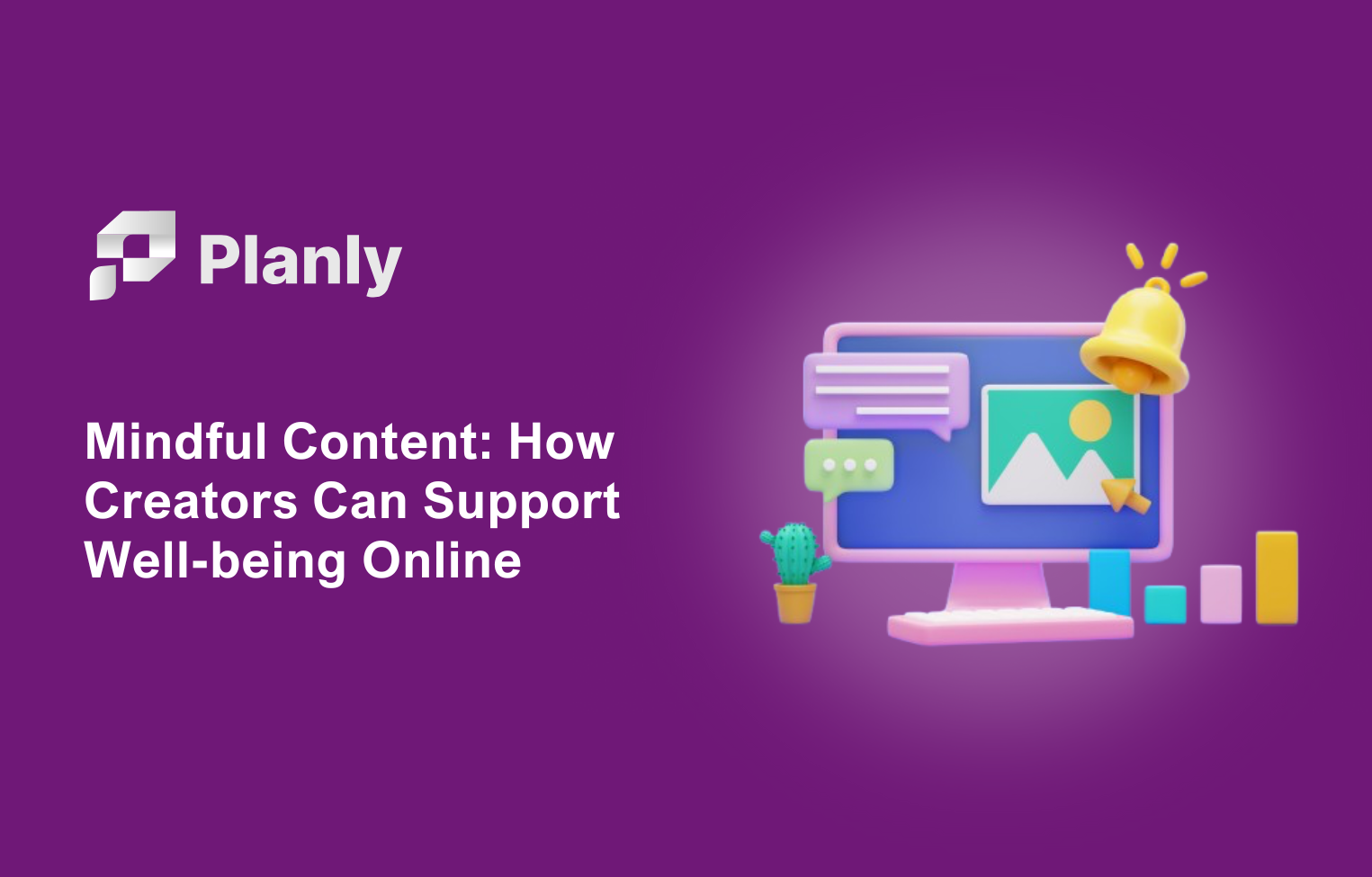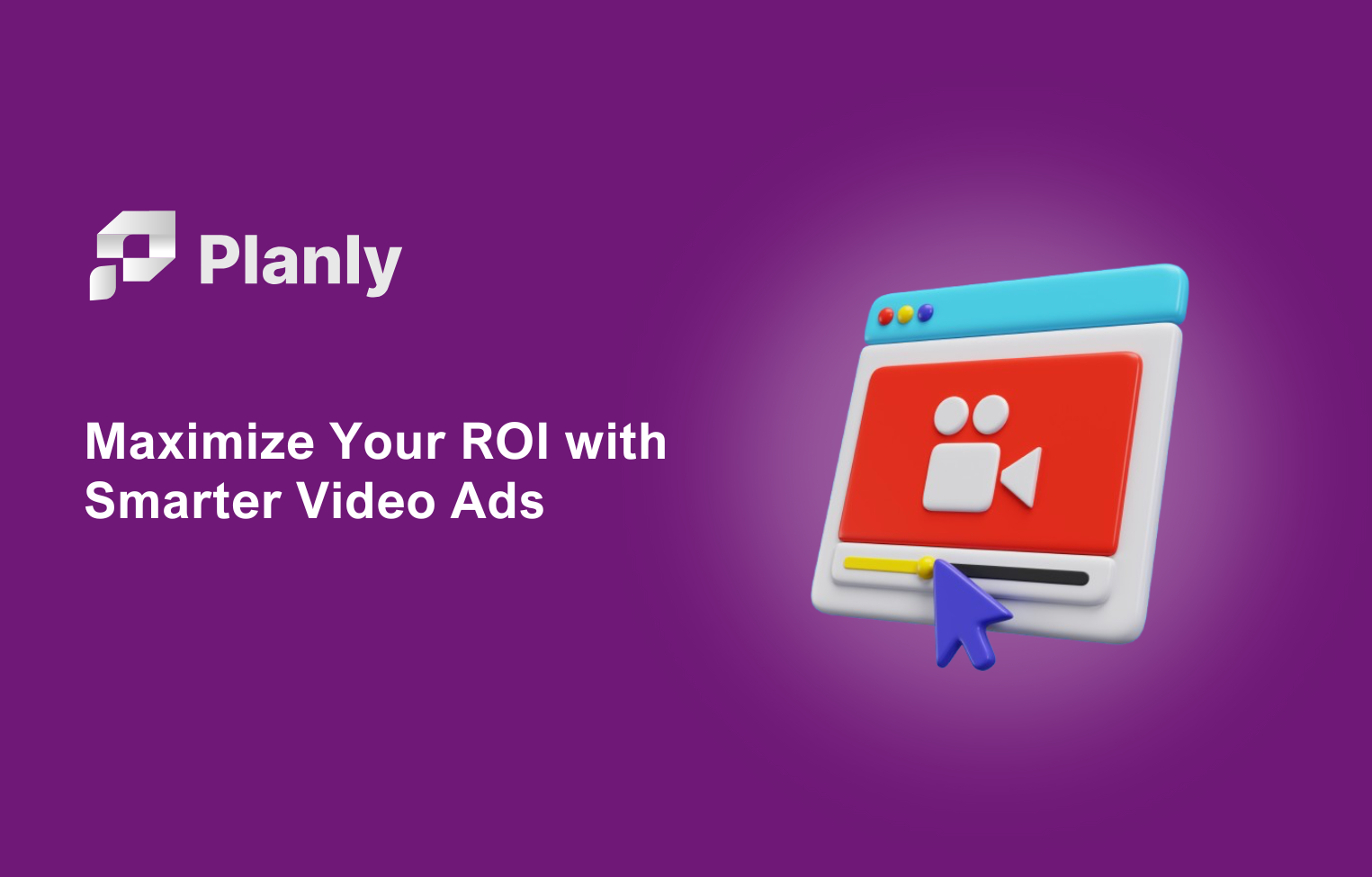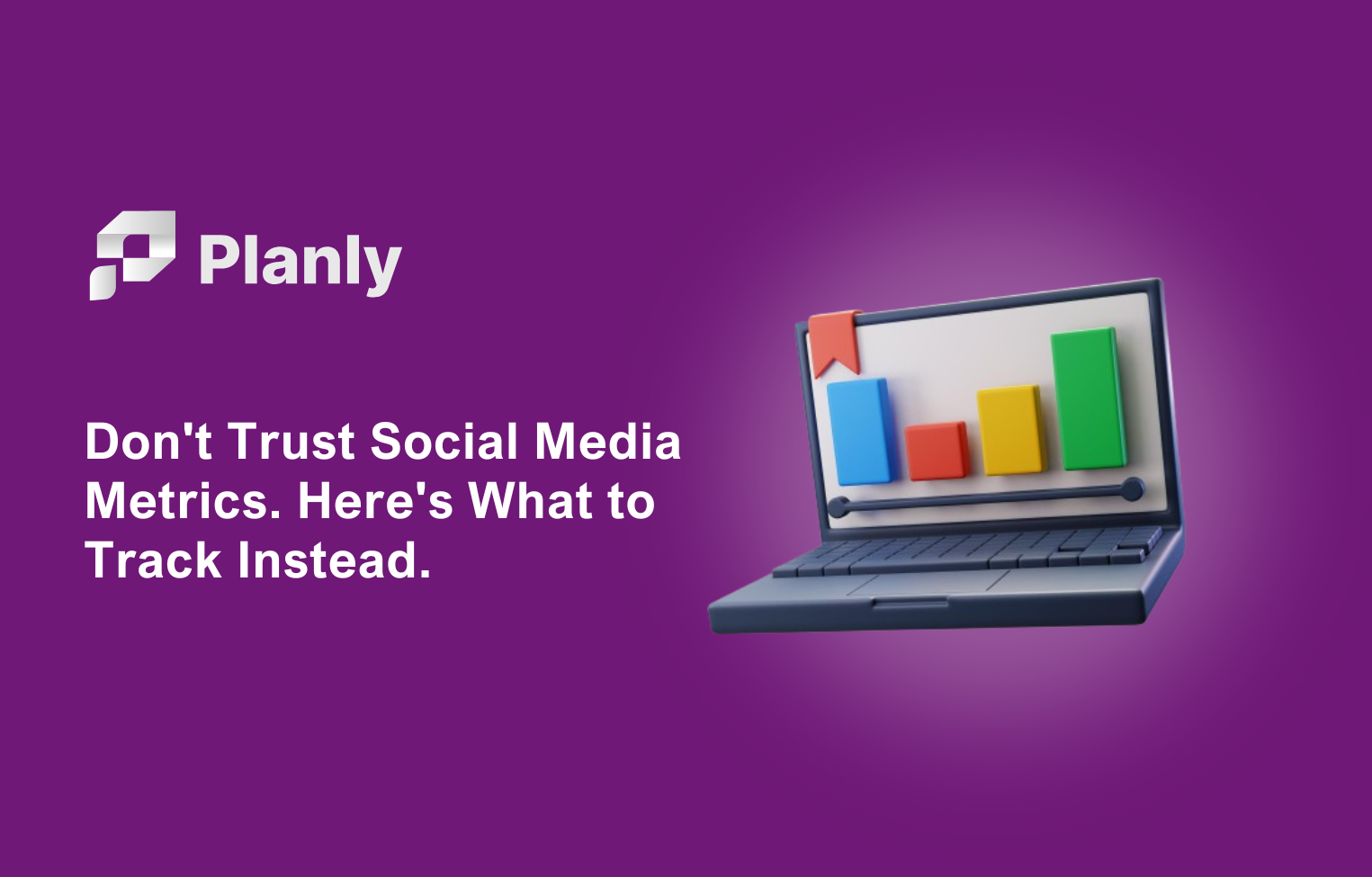So, you've heard about this buzzword called Multi-Platform Publishing, but what exactly does it mean? Well, let me break it down for you in simple terms.
Multi-Platform Publishing refers to the practice of creating and distributing content across various platforms such as websites, social media, mobile apps, and more.
Think of it this way, you only produce one content for YouTube shorts, TikTok and Instagram reels, but you have to share it multiple times on each social network.
That's the difference multi-platform publishing makes. With multi-platform sharing, you don't need to publish it manually in each of social media platforms, you just upload your video, choose the social media platforms and hit publish.
Why multi-platform posting?
Now, you might be wondering, why bother with all this multi-platform stuff? Well, let me tell you, there are plenty of benefits to be had.
First off, reaching a wider audience is a biggie. Being present on multiple platforms makes it easy to connect with different demographics and cater to their preferences. Some people might prefer reading articles on a website, while others might like to scroll through their social media feeds for updates - multi-platform publishing ensures you're meeting your audience where they are.
Secondly, there's the whole engagement factor. When you're popping up in various places online, you're increasing the chances of audience interaction. Whether it's through a blog post, likes on a Facebook post, or shares on Instagram, being on multiple platforms gives your audience more opportunities to engage with your content.
And let's not forget about the versatility that multi-platform publishing offers. You can repurpose your content for different platforms and reduce the effort required to come up with a new content piece. What works well on Instagram might not necessarily work on your website, so tailoring your content for each platform ensures it resonates with your audience.
So, how do you go about successful multi-platform publishing? Let's learn.
Strategies for Successful Multi-Platform Publishing
Once you understand the power and the impact of multi-platform publishing, you are up ahead a few points. But once you truly understand how to use it, a whole new horizon of opportunities shows itself.
Here is the key to a successful multi-platform publishing strategy:
1. Know Your Audience
Before you start publishing your content across multiple platforms, it's crucial to understand your target audience. What platforms do they use? What type of content do they engage with the most? Are they the same as the audience in other platforms? Do they really care about the content you want to publish?
These are the questions that can help you know what and how to post.
2. Create Consistent Branding
Consistency is key when it comes to multi-platform publishing. You often will have to repurpose content, and it is important to make sure everything is cohesive and identical. That's why you need consistent branding and tone of voice match. This way, you will empower brand recognition and build trust with your audience.
3. Optimize Content for Each Platform
Each platform has its own unique features and best practices. Tailor your content to suit the requirements of each platform, whether it's adjusting image sizes for Twitter and LinkedIn, or doing Instagram SEO, it is the most important thing you want to keep in mind.
4. Utilize Cross-Promotion
Cross-promotion is a powerful tool for driving traffic across different platforms. It basically means creating a Facebook ad, or sharing your latest post on your LinkedIn page or something similar to this. Promote your content on one platform to encourage followers to engage with your content on another platform. For example, you can share a teaser of your latest blog post on social media to drive traffic to your website.
5. Engage with Your Audience
Building a strong relationship with your audience is essential for successful multi-platform publishing. Respond to comments, messages, and feedback across all platforms to show that you value your audience's input.
People really want to see that there is someone behind the screen and they are interacting with a peer, not just a faceless entity.
6. Monitor and Analyze Performance
Track the performance of your content across different platforms using analytics tools. Monitor key metrics such as engagement, reach, and conversions to identify what is working well and what can be improved. Use this data to refine your multi-platform publishing strategy and optimize your content for better results.
7. Know When it's not Worth It
Yes, multi-platform publishing is great, but sometimes the time you gain is not worth it. You will know whether to repurpose the content or not as time passes and you gain more experience. But basically, if you have figured out that your audience does not want it, or you seem to get less engagement compared to originally created posts, it is time to pivot.
Tools and Technologies for Multi-Platform Publishing
When it comes to multi-platform publishing, having the right tools and technologies at your disposal can make all the difference. With the ever-evolving digital landscape, it's important to stay ahead of the curve and utilize the latest resources to ensure your content reaches your audience effectively across different platforms. Here are some essential tools and technologies to consider:
Content Management Systems (CMS)
A robust CMS is crucial for managing and organizing content for multiple platforms. Platforms like WordPress, Drupal, or Ghost offer user-friendly interfaces and customization options that can streamline the publishing process.
These CMS platforms also often come with plugins and extensions that can optimize your content for various devices and platforms.
Responsive Web Design
With the increasing use of mobile devices, having a responsive web design is essential for reaching your audience on different platforms. Tools like Bootstrap or Foundation can help create websites that adapt to different screen sizes and devices, ensuring a seamless user experience across platforms.
Social Media Management Tools
Social media is a powerful platform for reaching a wide audience, but managing multiple social media accounts can be overwhelming.With a social media scheduling tool, you can batch create content and schedule it weeks in advance.
A tool like Planly can help schedule posts, track engagement, analyze performance and event respond to messages across different social media platforms, saving you time and effort.
Analytics Tools
Understanding how your content performs across platforms is essential for optimizing your publishing strategy. Tools like Google Analytics, Adobe Analytics, or Mixpanel can provide valuable insights into audience behavior, content engagement, and conversion rates, helping you make informed decisions to improve your multi-platform publishing efforts.
Search Engine Optimization (SEO) Tools
SEO is key to ensuring your content is discoverable across different platforms. Tools like SEMrush, Moz, or Ahrefs can help optimize your content for search engines, identify keywords, and track rankings, improving your visibility and driving traffic to your content.
Challenges of Multi-Platform Publishing
There are several challenges you may encounter along the way that can make your journey a bit bumpy. As it is the case with other strategies that makes your job a bit easier.
Here are a list of chellenges and how to overcome them:
- Content Consistency: One of the biggest challenges of multi-platform publishing is ensuring consistency across all platforms. Different devices and platforms have varying requirements and limitations, making it difficult to maintain a cohesive brand voice and messaging.
To overcome this challenge, create a style guide that outlines your brand's voice, tone, and visual guidelines. And even print it on a A3 paper and pin it to the board. Or just give an A4 sheet for everyone to look at when adapting content.
- Adapting Content: Each platform has its own unique audience, format, and requirements. Adapting content and changing tone of voice for each social media platform can be time consuming.
To tackle this, repurpose your content by creating different versions tailored to each platform at the beginning. This will help you reach a wider audience without having to start from scratch every time. Also, create a tone of voice guide just like a style guide to make it easy.
- Technical Challenges: Another common challenge in multi-platform publishing is dealing with technical issues such as compatibility, responsive design, and performance optimization.
To address these challenges, stay updated on the latest technological trends, invest in responsive design, and regularly test your content on different devices and platforms to ensure a seamless user experience.
- Resource Constraints: Limited resources, both in terms of time and budget, can pose a significant challenge in multi-platform publishing. To overcome this, prioritize your platforms based on your target audience and business goals.
Focus on quality over quantity and allocate your resources wisely to maximize your reach and impact.
- Measuring Success: With multiple platforms comes the challenge of measuring success and tracking performance across various channels. To overcome this, set clear goals and KPIs for each platform, use analytics tools to track performance, and regularly monitor and analyze your data to make informed decisions and optimize your content strategy.
Remember, challenges are a part of the journey, but with the right mindset, strategies, and tools, you can overcome them and emerge stronger than ever. Embrace the challenges of multi-platform publishing as opportunities for growth and learning.
Stay adaptable, creative, and resilient, and you'll be well on your way to success in the ever-evolving digital landscape.


